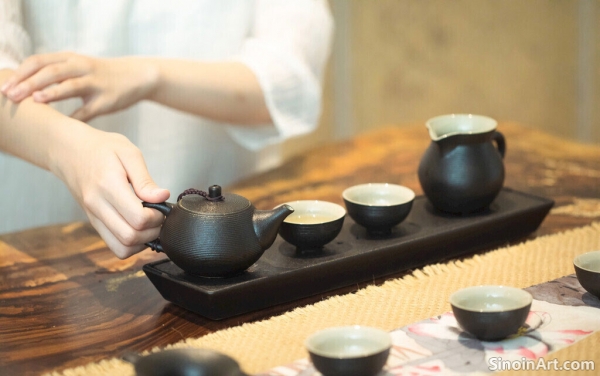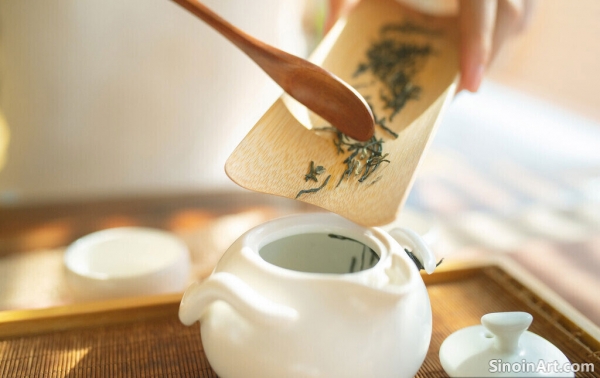The Legacy of Pu-erh: A Tea That Ages Like Fine Wine
|
Pu-erh tea, a unique variety from the Yunnan province of China, stands out for its remarkable aging potential. Unlike other teas that are best consumed shortly after processing, Pu-erh undergoes a fermentation process that allows it to evolve in flavor over time. This gives it the characteristics often found in aged wines – depth, complexity, and a smoothness that develops with years of careful storage.  There are two main types of Pu-erh tea: Sheng (raw) and Shou (ripe). Sheng Pu-erh is traditionally fermented through natural microbial processes and can take many years to reach its full potential, developing earthy and fruity notes. Shou Pu-erh, on the other hand, is an accelerated fermentation process that results in a more immediate, darker, and smoother flavor profile, reminiscent of a rich, dark soil. The production of both is a careful process involving the sun-drying of leaves, compression into cakes or bricks, and then the fermentation stage, which might last months or even years.  The history of Pu-erh tea is intertwined with the trade routes of ancient China. It was often transported long distances across mountainous terrains and often aged in the process, which contributed to the discovery of its unique qualities. The practice of aging Pu-erh has transformed tea from a simple beverage to a valuable commodity, often traded like vintage wines.  Today, both Sheng and Shou Pu-erh teas are prized by tea enthusiasts worldwide. The art of aging Pu-erh is a nuanced practice, influenced by storage conditions like temperature, humidity, and airflow. Collectors seek out aged Pu-erh for its unique flavor profile and the potential for increasing value over time. In conclusion, Pu-erh tea embodies the concept of time and transformation. Its journey from a fresh leaf to a complex, aged beverage highlights the unique alchemy of tea production and aging. It offers tea lovers an exceptional experience unlike any other and is a reminder of the depth of Chinese tea culture. |
Tag : aged tea, Chinese fermented tea
Related information
- The Essentials of Chinese Teaware: An Introduction
- The Nuances of Oolong: A Journey Through Partial Oxidation
- Materials of Chinese Teaware: From Clay to Porcelain
- Decoding the Types: A Guide to Chinese Tea Varieties
- The Variety of Chinese Teas: A Journey Through Flavors and Regions
This article provides a comprehensive introduction to the essential types of Chinese teaware, exploring their functions, materials, and historical significance within Chinese tea culture.
This article explores the fascinating world of oolong tea, detailing the partial oxidation process, the diverse range of flavors, and the specific regions where it is cultivated.
This article explores the diverse range of materials used in creating Chinese teaware, examining their unique properties, aesthetic qualities, and how they affect the flavor and experience of drinking tea.
This article explores the diverse range of Chinese tea varieties, categorizing them by processing method and highlighting their unique characteristics, flavors, and aromas.
Embark on a journey through the vast world of Chinese tea varieties, exploring the unique characteristics of green, black, oolong, white, and dark teas, and the regions where they originate.